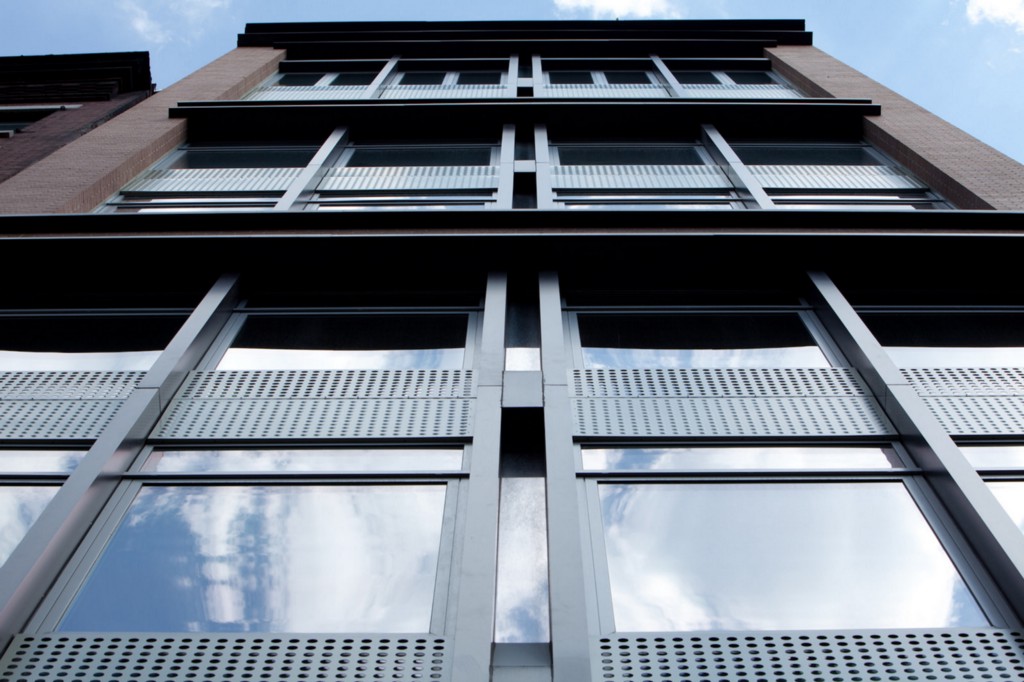Other People’s Homes
How the other half lives.

A few weeks ago I went to an old friend’s new apartment for dinner. Her husband had just gotten a meat smoker; he was very excited about the meat smoker, and so we were having brisket. When I got off the elevator, the door opened directly into their house, like in the movies. The apartment itself was beautiful — open concept, stretching over the whole floor with a patio in the front that afforded a view of the skyline and a patio in the back that was bi-level and larger than the common space in my own home. The kitchen island was a giant slab of marble; there was a wine fridge and a dishwasher and a gas range that looked professional. Everything was well done and tasteful. We ate dinner at a Restoration Hardware dining table on top of an enormous rug pad; the rugs were at the cleaners, she apologized. The dog had peed on them earlier and everything had to be washed.
Nothing about it felt ostentatious. It was comfortable, homey, lived-in. It was the nicest apartment I’ve ever been in and will probably ever be in again.

Jealousy about other people’s stations in life in comparison to my own is a useless pastime and it’s one that I’ve mostly outgrown. Whether or not I’m eager to admit it, my life is the way it is because I’ve made a series of deliberate choices. I could spend more money on rent than I currently do and make other, smaller adjustments to my day to day. I could make a concerted effort to find a partner, pool our finances and settle down in an apartment with big windows and bookshelves made of wood and not particleboard. I could do that! But I don’t want to. I’m fine with the way I live. But seeing the well-appointed home of a friend I shotgunned beers with in college kickstarts the comparison engine — an exercise in futility, to be sure, but one that feels great to occasionally indulge.
Walking into nice houses is like HGTV, but in real time. Here’s what Carrara marble feels like under your hand. This is what restored hardwood floors look like. Note the patina of age, the knots in the wood, the imperfections. Everyone’s nosy, but at this age, instead of poking around in a medicine cabinet and taking stock of the pharmaceuticals, I’d much rather sit on a couch and ask where they bought it and how much they paid.
No one likes these questions, really, because calling attention to perceived or actual wealth is tacky, I suppose. Asking someone how much they paid for a bookshelf is better than sitting silently in the corner trying to Google it myself. Consider it a sign of maturity — if I’m going to sit in an apartment that feels like an adult’s apartment, I’m going to talk about adult things, like paying for nice furniture and how to treat hardwood floors properly and what weed strains are best for generalized social anxiety. Playing the game — nodding thoughtfully and sipping wine — is good practice for a life that I might someday lead.

“I don’t feel like this is mine,” my friend told me that night as we stood on the patio. “I mean, it’s a lot.”
It was and it wasn’t. There are nicer apartments in New York, I’m sure of it. Grander ones, with more marble, shinier chrome, glowing parquet floors and the patina of wealth. Given my very basic understanding of real estate, I know that for the neighborhood and the size, the cost of the apartment was probably average. What dazzled me the most is that they must have paid in cash — apartments like that are routinely snatched up by people with deeper pockets and no need for a mortgage. Knowing someone adjacent to that kind of wealth didn’t make me feel as bad as I thought it would. I simply filed that fact away in my brain and enjoyed the company.
Support The Billfold
The Billfold continues to exist thanks to support from our readers. Help us continue to do our work by making a monthly pledge on Patreon or a one-time-only contribution through PayPal.
Comments